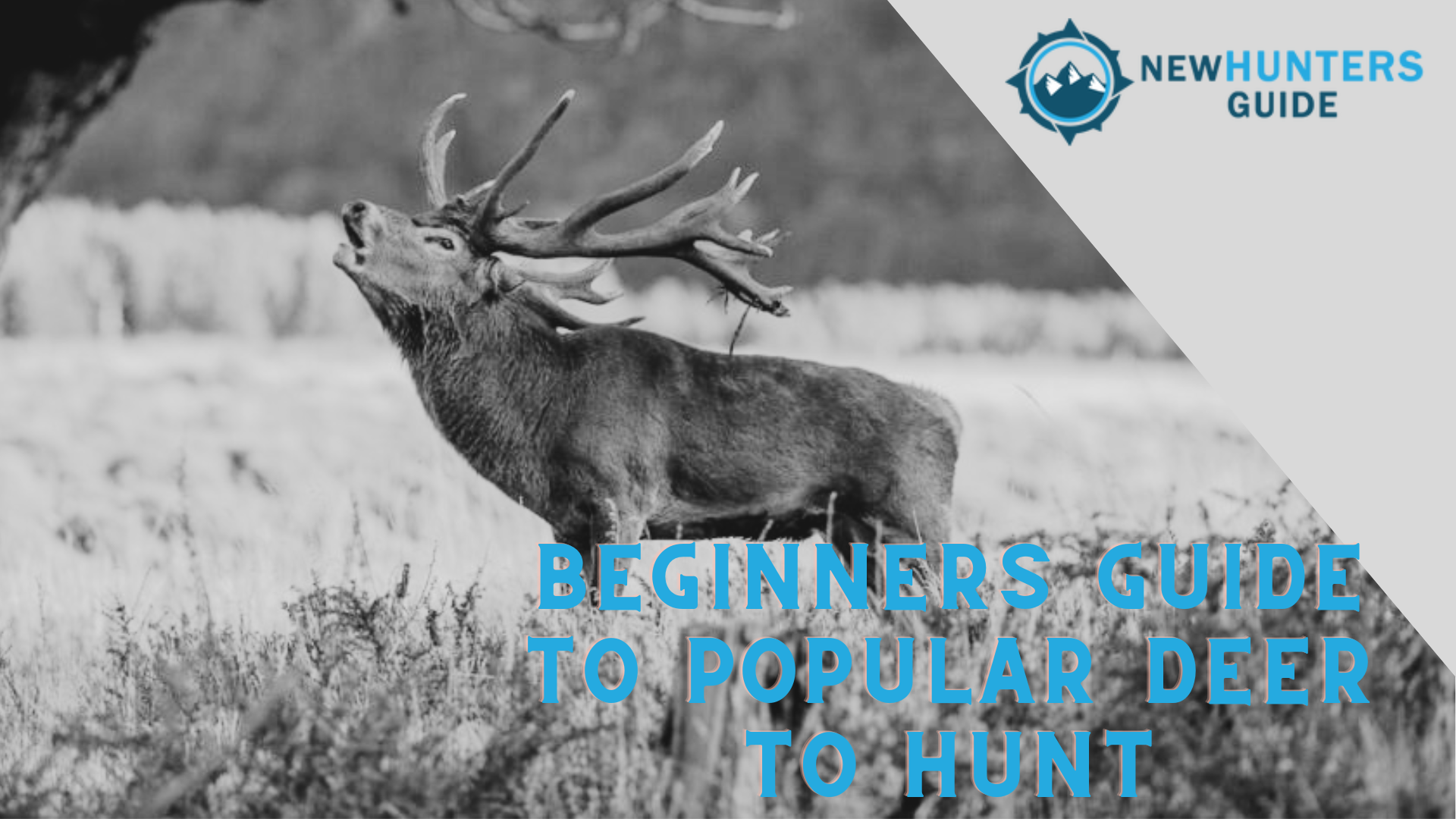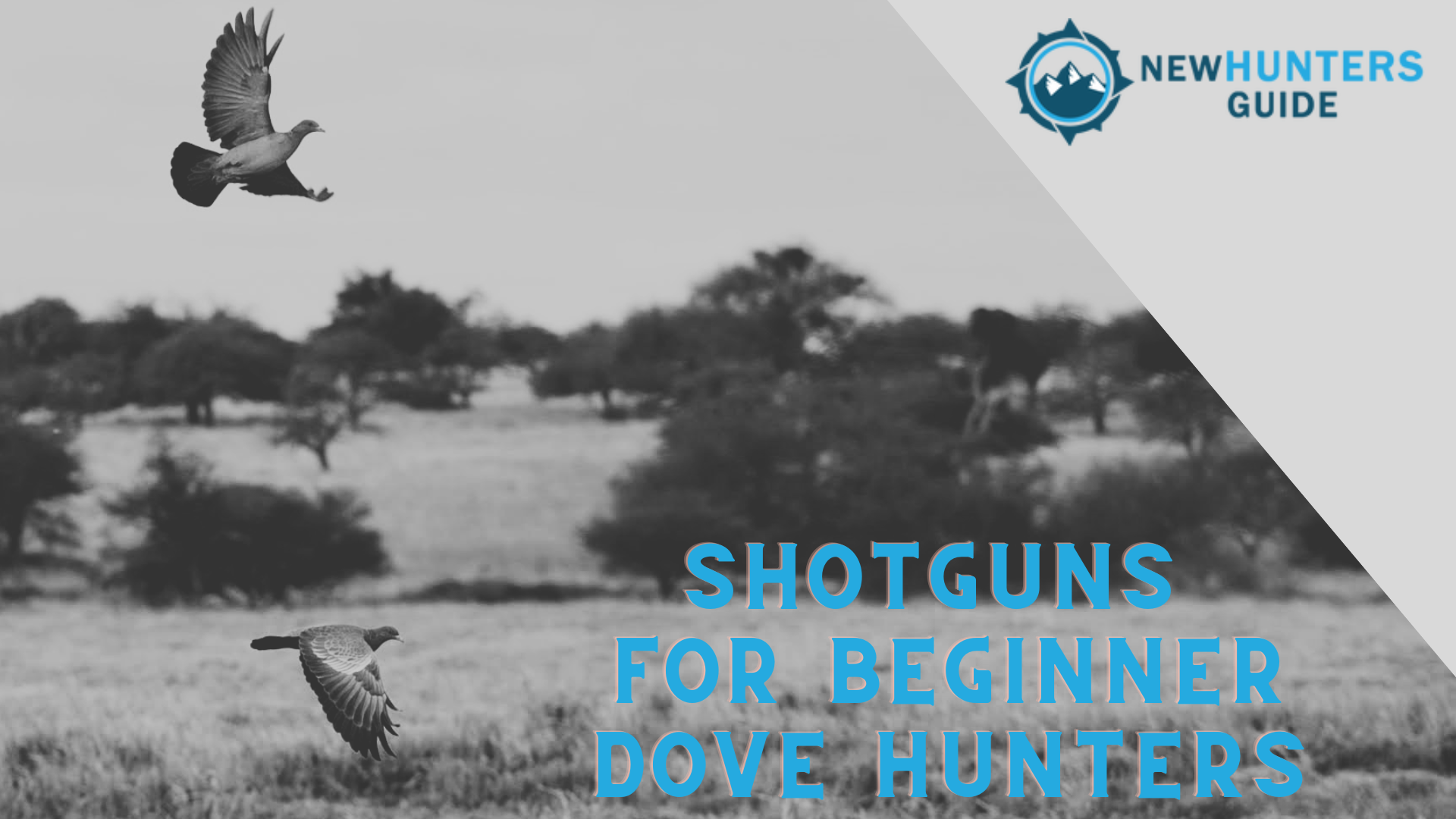How can you dramatically improve your success rate hunting whitetail deer? In this podcast episode I share how I went from a 0% success rate to 83%. And no, you do not need to spend a bunch of money or have hundreds of acres of private land. It’s all about strategy and changing the way you think about hunting.
When I began hunting deer, I had no idea what I was doing. Like most people I heard what worked for others, received some tribal knowledge, watched some videos, read some articles and just assumed if I did those things it would work. I was very wrong. The issue is a lot of the hunting information I received was just plain not true, it was laced with myths, misinformation, and popular hearsay. What was true, was often only applicable to very specific situations and circumstances, which were very different from my own circumstance.
Don’t get me wrong, I gained some ground by consuming and practicing the conventional wisdom I received. I started taking some deer. But the breakthrough happened when I stopped focusing on what other people said worked for them and started focusing on the deer, what they were doing, and when.
Doing this however put me in a very difficult position. I liked to hunt a certain way, in a certain place, at a certain time of day, and at a certain part of the season. The deer however did not conform at all to my preferences. I had to completely dismantle the way I hunted, break all my traditions, change all my comfy habits, and do new and uncomfortable things to align with when and where the deer were around. It was mentally difficult to make those changes, and most hunters never do.
But when I decided to stop hunting the way I wanted to hunt and start hunting according to the deer patterns and preferred locations, I began to experience tremendous results. To the level where we shot 5 bucks in 6 hunts. I do not mean six years, but six times sitting in the woods. Listen to the entire podcast episode to get the details and how to apply this to your deer hunting.


